Have you seen the small pits that resemble craters on the moon at the base of large trees? Or maybe in the sandy soil under your eaves?
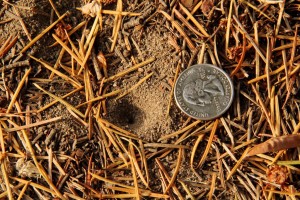
Antlion larvae are most active in late spring and summer though some are active in winter in warmer regions. Larvae overwinter deep in the soil leaving pits as evidence of their presence.
These miniature sand pits are the result of larval antlions, also known as “doodlebugs”. Typically found in fine soil that stays protected from direct rainfall (even dirt floors of barns and sheds), the pits are constructed by the larval antlions to catch food.
Larval antlions are odd-looking creatures with a flattened body, short legs, spines, and a flat head with long, hooked mandibles. They average in size from a large pea to a human fingernail.
The larvae stay hidden at the bottom of their pits waiting for food. However, you might catch a glimpse of them searching for a pit site or digging a pit. Their random wanderings on the soil surface leave “doodles” which gave them their “doodlebug” name. Since their posterior end is smaller, they move backwards even when digging a pit.
Larval antlions dig a pit by “drawing” a circle on the ground and then digging in a spiral fashion. The antlion throws soil out of the pit with its head and within 15 minutes the pit is finished.
The larva then buries itself at the bottom of the pit with only its long mandibles exposed. When an ant or other small insect falls into the pit (sometimes by the aid of an anxious observer), the steep sides cause the prey to slide to the bottom of the pit into the larva’s waiting mandibles.
If the prey tries to escape, the antlion hurls sand onto the prey using its head in order to create a treadmill effect that will eventually cause the prey to tumble to the bottom of the pit.
With the first bite, the antlion injects enzymes that paralyze the prey and also begins digestion of the tissues. Once the tissues are liquified, the antlion sucks the “juice” out of the prey. The remaining dry carcass is tossed out of the pit.
Interestingly, the larva excretes some fluid during its larval stage but doesn’t eliminate solid waste. Larvae lack an external opening for solid waste so feces accumulate for the entire larval stage which can last up to three years. Some of the feces are processed into silk when the larva makes a cocoon. The remaining feces are eliminated at the end of the pupal stage in the form of a pellet called meconium.
Antlions undergo metamorphosis in the same stages as a butterfly. They spin a cocoon in the soil using sand particles and silk. After three weeks a tiny-winged adult (called an imago) emerges in the evening. Initially the adult cannot fly until its wings expand and harden.
The adult antlion resembles a small damselfly but with clubbed antennae and camouflaged colors. Their transparent wings, dusk-colored body and ability to sit motionless camouflage them during the day. At night they seek a mate and food (nectar and flies) until they perish after about a month.
The female lays about 20 eggs in a patch of suitable sand for the larvae to dig pits.
You may have noticed the pits are different sizes. Entomologists cannot agree upon why the pits vary in size. Some entomologists think pit size is dependent on soil texture. Other entomologists think larvae enlarge their pits as they become bigger. Still other entomologists think larger pits are made by hungrier antlions who have gone longer without food. Others believe antlions build bigger pits during a full moon.
No matter the reason, anyone curious to see an antlion in action can wiggle a grass blade on the edge of a pit or drop in an injured ant. If the pit is occupied, you may catch a glimpse of this alien-like insect before it overwinters deep in the soil.

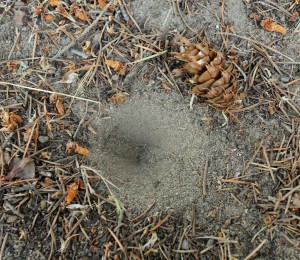
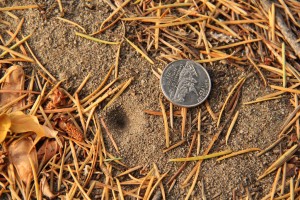
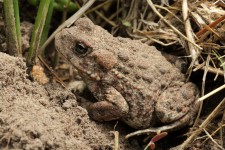
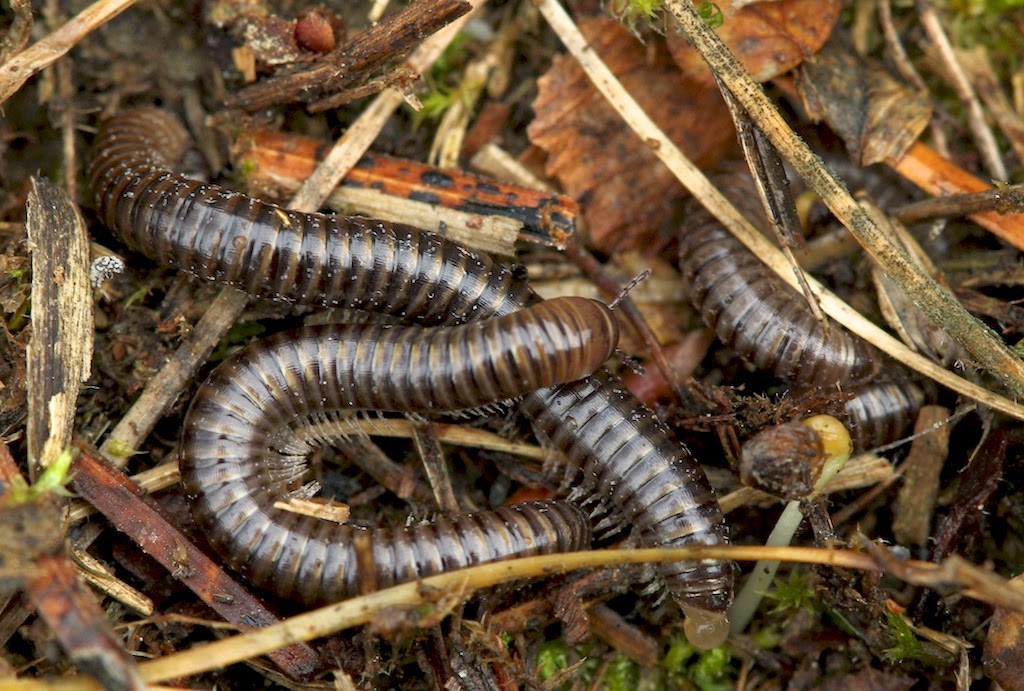
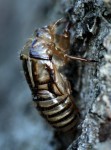
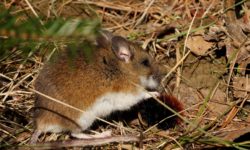
I’ve been http://www.marinirseo.web.id/ browsing online more than 4 hours today, yet I never found any interesting article like yours. It’s pretty worth enough for me. Personally, if all webmasters and bloggers made good content as you did, the internet will be a lot more useful than ever before.|